Table of Contents
KVS had released more than 13,404 teaching and non teaching vacancies. KVS written examination carries various section i.e. General English, General Hindi, General Awareness & Current Affairs, Reasoning Ability, Computer Literacy, Perspectives on Education and Leadership. KVS Exam will be held on computer based examination from this year onwards.
Computer literacy Section carries 5 questions for 5 marks which is the scoring section. Here we are going to providing Important Computer Questions for KVS TGT PGT & PRT Exam which are going to help candidate in better exam preparation.
Important Computer Questions for KVS TGT PGT & PRT Exam
Important Computer Questions will help candidates in KVS Exam preparation. Compute section comes in PRT TGT PGT Exam. All the candidates who are preparing for the KVS Examination should learn the Computer section pattern and syllabus for better results. KVS has also released a revised exam pattern and syllabus for the examination. Here we are providing you details question and their Answer.
| Important Computer Questions | |
| Section | Computer Literacy |
| Total Question | 5 |
| Total Marks | 5 |
| Exam | TGT PGT PRT |
| Negative Marking | No |
| Marking System | 1 mark |
Important Computer Questions for KVS TGT PGT & PRT Exam
Q1. An electronic device, operating under the control of instructions that can accept and process the data, produce output and store the results for future use.
(a) Input
(b) Computer
(c) Software
(d) Hardware
Q2. Input, output and processing devices grouped together present a(an).
(a) mobile device
(b) information processing system
(c) circuit board
(d) computer system
Q3. A computer consists of
(a) a central processing unit
(b) a memory
(c) input and output units
(d) All of the above
Q4. Computer gathers data, which means that they allow users to data.
(a) present
(b) input
(c) output
(d) store
Q5. __________ is processed by the computer into information.
(a) Numbers
(b) Processor
(c) Input
(d) Data
Q6. Computer is a device which processes or transforms data into useful
(a) program
(b) information
(c) input
(d) instruction
Q7. Processed data is retrieved from computer with the help of a __________ device.
(a) output
(b) input
(c) CPU
(d) RAM
Q8. Information on a computer is stored as
(a) analog data
(b) digital data
(c) modem data
(d) hybrid data
Q9. The smallest unit of information a computer can understand and process is known as
(a) digit
(b) byte
(c) megabyte
(d) bit
Q10. Any component of computer you can see and touch is
(a) software
(b) peripheral
(c) storage
(d) hardware
Q11. Which company is the biggest player in the microprocessor industry?
(a) Motorola
(b) IBM
(c) Intel
(d) AMD
Q12. Symbolic logic was discovered by
(a) George Boole
(b) Herman Hollerith
(c) Van Neumann
(d) Basic Pascal
Q13. What was the nick name of the computer used by the Americans in 1952 for their H-bomb project?
(a) EMIAC
(b) EDSAC
(c) MANIAC
(d) UNIVAC
Q14. Computer operators
(a) writes computer programs for specific problems
(b) operate the device which input and output data from the computer
(c) normally require a college degree in computer science
(d) all of the above
Q15. The first electronic computer in the world was
(a) UNIVAC
(b) EDVAC
(c) ENIAC
(d) All of these
Q16. Which was the computer conceived by Babbage?
(a) Analytical engine
(b) Arithmetic machine
(c) Donald Knuth
(d) All of above
Q17. Offline device is
(a) A device which is not connected to CPU
(b) A device which is connected; to CPU
(c) A direct access storage device
(d) An I/O device
Q18. Microprocessors can be used to make
(a) Computer
(b) Digital systems
(c) Calculators
(d) All of the above
Q19. Which American Computer Company is called big blue?
(a) Microsoft
(b) Compaq Corp
(c) IBM
(d) Tandy Sevenson
Q20. The first electronic general purpose digital computer built by Motley and Accrete called ENIAC did not work on the stored program concept. How many numbers could it store in its internal memory?
(a) 100
(b) 20
(c) 40
(d) 80
Q21. Which one of the following is not a data processing functions of a computer?
(a) Gathering data
(b) Processing data into information
(c) Analysing the data or information
(d) Storing the data or information
Q22. Conversion of computer generated result into human acceptable form is a function of
(a) CPU
(b) input interface
(c) output interface
(d) RAM
Q23. Personal computers use a number of chips mounted on main circuit board. What is the common name for such boards?
(a) Daughterboard
(b) Motherboard
(c) Broadboard
(d) None of these
Q24. Computers that control processes and accept data in a continuous
(a) data traffic pattern
(b) data highway
(c) infinite loop
(d) feedback loop
Q25. The system unit of a personal computer typically contains all of the following except ____________.
(a) microprocessor
(b) modem
(c) motherboard
(d) monitor
Q26. The brain of any computer system is
(a) ALU
(b) memory
(c) CPU
(d) control unit
Q27. Which functional component of a computer is responsible for the computing?
(a) Input
(b) Output
(c) CPU
(d) Memory
Q28. What is the full name of ‘CPU’?
(a) Central Processing Unit
(b) Central Programming Unit
(c) Computer Processing Unit
(d) Computer Programming Unit
Q29. The main job of a CPU is to
(a) carry out program instructions
(b) store data/information for further use
(c) process data and information
(d) Both (a) and (c)
Q30. The three main parts of the processor are
(a) ALU, Control Unit and Registers
(b) ALU, Control Unit and RAM
(c) Cache, Control Unit and Register
(d) Control Unit, Registers and RAM
Solutions
S1. Ans.(b)
S2. Ans.(d)
S3. Ans.(d)
S4. Ans.(b)
S5. Ans.(d)
S6. Ans.(b)
S7. Ans.(a)
S8. Ans.(b)
S9. Ans.(d)
S10. Ans.(d)
S11. Ans.(c)
S12. Ans.(a)
S13. Ans.(c)
S14. Ans.(b)
S15. Ans.(c)
S16. Ans.(a)
S17. Ans.(a)
S18. Ans.(d)
S19. Ans.(c)
S20. Ans.(b)
S21. Ans.(c)
S22. Ans.(c)
S23. Ans.(b)
S24. Ans.(d)
S25. Ans.(b)
S26. Ans.(c)
S27. Ans.(c)
S28. Ans.(a)
S29. Ans.(d)
S30. Ans.(a)

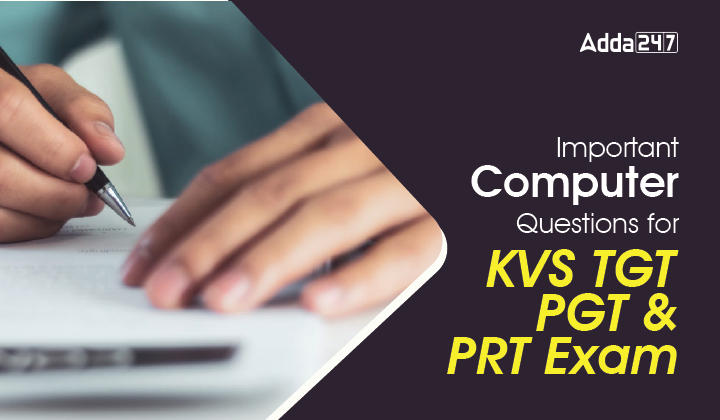
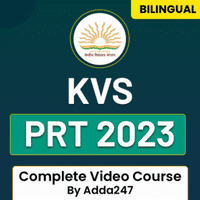

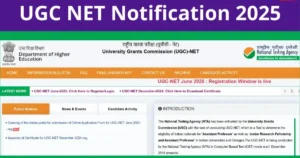 UGC NET Notification 2025 Out, Exam Date...
UGC NET Notification 2025 Out, Exam Date...
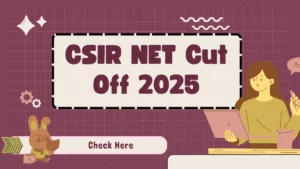 CSIR NET Cut Off 2025, Download Subject ...
CSIR NET Cut Off 2025, Download Subject ...
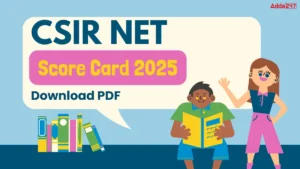 CSIR NET Scorecard 2025 Out, Download Re...
CSIR NET Scorecard 2025 Out, Download Re...














